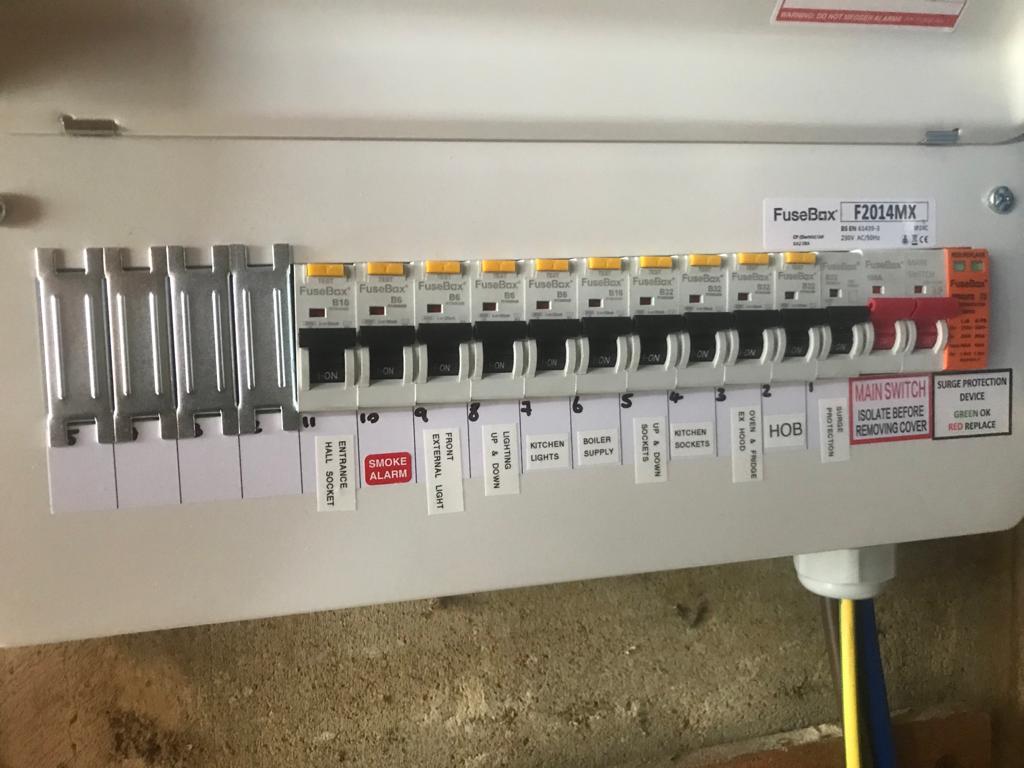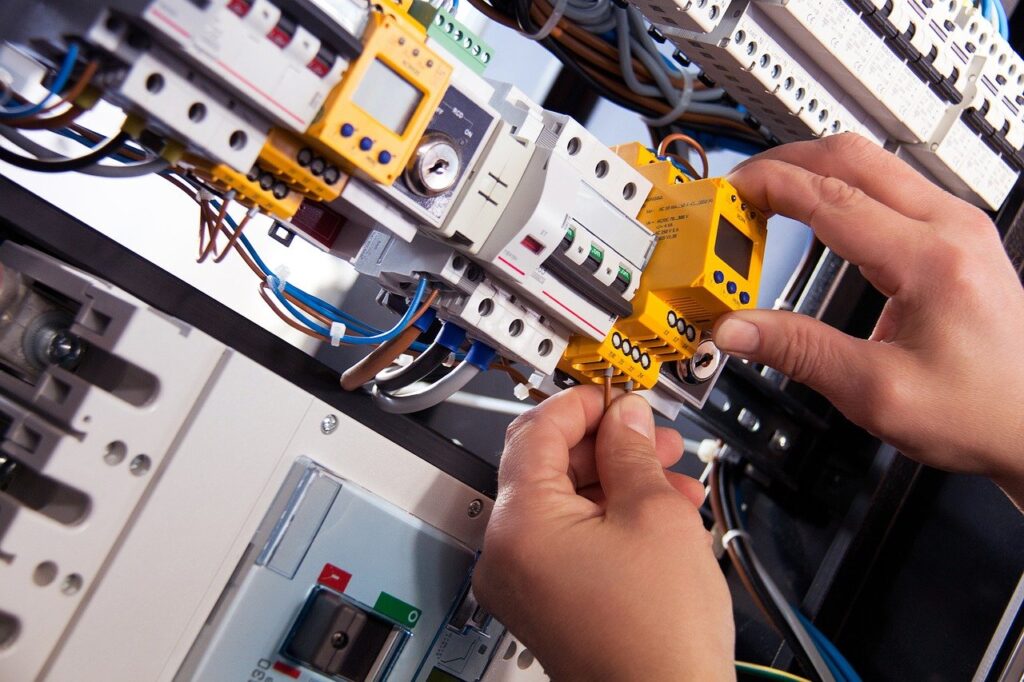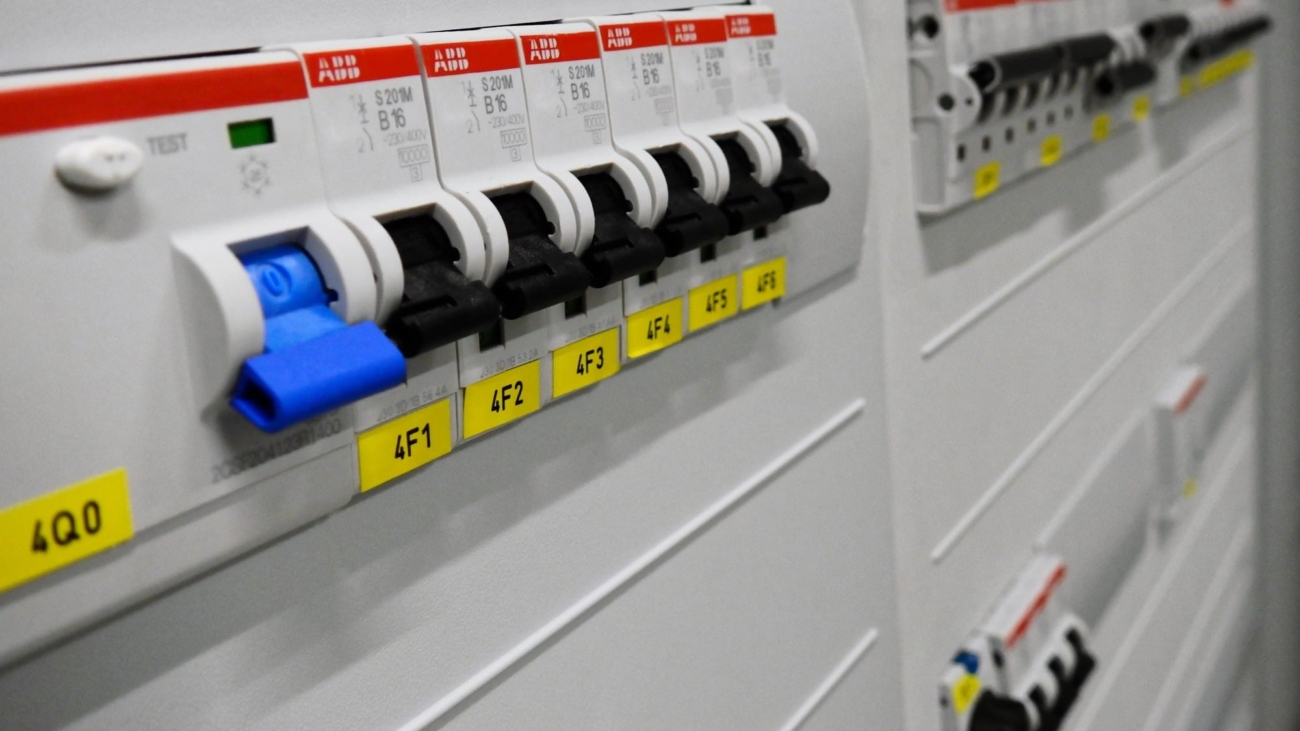Circuit breakers play a crucial role in ensuring the safety and efficiency of our electrical systems. Understanding their basics is essential for efficient electrical maintenance. In this article, we will delve into various aspects of circuit breakers, including their types, maintenance tips, troubleshooting techniques, and safety precautions.
Understanding the Basics of Circuit Breakers
Before we dive into maintenance and troubleshooting, it’s important to understand the role that replacement breaker play in electrical systems.
Circuit breakers act as safety devices that protect electrical circuits from damage caused by overloads or short circuits. When an excessive amount of current flows through a circuit, the breaker automatically trips, interrupting the current flow and preventing any potential hazards, such as fires or electric shocks. Once the issue is resolved, the breaker can be reset to restore power. Click here to understand the importance of reliable circuit breakers.
The Role of Circuit Breakers in Electrical Systems
Circuit breakers serve as the first line of defense in electrical systems. They protect appliances, devices, and wiring from damage by monitoring and controlling the electrical current. By cutting off power when necessary, circuit breakers prevent overheating and potential electrical fires.
Let’s take a closer look at how circuit breakers work. Inside a circuit breaker, there is a metal strip or wire called a bimetallic strip. This strip is made up of two different metals with different expansion rates. When the current flowing through the circuit exceeds the breaker’s rating, the heat generated causes the bimetallic strip to bend. This bending action triggers the breaker to trip, opening the circuit and stopping the flow of electricity.
Once the circuit breaker has tripped, it needs to be manually reset. This can be done by flipping the breaker switch back to its original position. However, it’s important to identify and address the cause of the overload or short circuit before resetting the breaker. If the issue persists, it may indicate a more serious problem that requires professional attention.
Different Types of Circuit Breakers and Their Uses
Circuit breakers come in different types, each designed for specific applications. Let’s explore some of the common types:
- Standard Circuit Breakers: These are the most commonly used breakers in residential and commercial applications. They provide protection against overloads and short circuits. Standard circuit breakers are available in various current ratings to suit different electrical loads.
- GFCI Circuit Breakers: Ground Fault Circuit Interrupters (GFCIs) are specifically designed to protect against electrical shock in areas with water, such as bathrooms, kitchens, and outdoor outlets. They monitor the flow of current and quickly shut off power if they detect a ground fault, preventing potential electrocution.
- AFCI Circuit Breakers: Arc Fault Circuit Interrupters (AFCIs) detect and prevent electrical arcs, commonly caused by damaged wiring or loose connections, which can lead to fires. AFCIs are essential for enhancing electrical safety, especially in older homes with outdated wiring systems.
- Main Circuit Breakers: Installed at the main electrical panel, these breakers control the entire electrical system and provide overcurrent protection. They are responsible for cutting off power to the entire building in the event of a major electrical fault, such as a short circuit or a lightning strike.
It’s important to choose the right type of circuit breaker for your specific electrical needs. Consulting with a qualified electrician can help ensure that your electrical system is properly protected and in compliance with safety regulations.

Essential Maintenance Tips for Circuit Breakers
Regular maintenance is vital to ensure the proper functioning and longevity of circuit breakers. Here are some essential tips:
Routine Inspection and Cleaning
Periodically inspect the circuit breakers for any signs of damage, such as cracks, loose screws, or corrosion. Clear any debris that might have accumulated around the breakers and ensure proper ventilation to prevent overheating.
Proper Lubrication of Moving Parts
Lubricate the moving parts of the circuit breakers, such as hinges and pivot points, to ensure smooth operation. Use a recommended lubricant suitable for electrical equipment and follow the manufacturer’s instructions.
Additionally, it is important to note that regular maintenance not only helps in keeping the circuit breakers in optimal condition but also plays a crucial role in preventing potential hazards. By adhering to a few extra maintenance practices, you can further enhance the performance and safety of your circuit breakers.
One such practice is conducting regular thermal imaging inspections. This involves using specialized equipment to detect any abnormal heat patterns in the circuit breakers. By identifying hotspots, you can address potential issues before they escalate into major problems, such as circuit overloads or electrical fires.
Furthermore, it is recommended to keep a detailed maintenance log for each circuit breaker. This log should include information such as the date of inspection, any repairs or replacements made, and any abnormalities observed. By maintaining a comprehensive record, you can track the history of each circuit breaker and identify any recurring issues that may require further attention.
Advanced Troubleshooting Techniques for Circuit Breakers
Despite regular maintenance, circuit breaker issues can still occur. Being able to identify and troubleshoot these problems is crucial for efficient electrical maintenance.
Identifying Common Circuit Breaker Problems
Some common issues with circuit breakers include tripping, not resetting, or a persistent buzzing sound. These can be caused by a variety of factors, such as overloaded circuits, short circuits, or faulty wiring.
Tripping is one of the most common problems encountered with circuit breakers. It occurs when the circuit becomes overloaded, causing the breaker to automatically shut off to prevent overheating and potential electrical hazards. This can happen when too many appliances or devices are connected to a single circuit. To prevent tripping, it’s important to distribute the load evenly across multiple circuits and avoid overloading any one circuit.
Safe and Effective Solutions for Circuit Breaker Issues
When troubleshooting circuit breaker problems, always prioritize safety. Before attempting any repairs, make sure to turn off the power to the affected circuit. If you’re uncertain or uncomfortable with handling electrical repairs, it’s best to seek professional assistance.
One safe and effective solution for circuit breaker issues is to reset the breaker. If the breaker trips, it can be reset by flipping it back to the “on” position. However, if the breaker trips repeatedly, it may indicate a more serious underlying problem, such as a short circuit or faulty wiring. In such cases, it’s important to thoroughly inspect the circuit and identify the root cause before attempting any repairs.
Maximizing the Efficiency of Your Electrical System
Maintaining a highly efficient electrical system not only saves energy but also reduces the risk of electrical issues. Here are some tips:
The Importance of Regular Maintenance
Regularly inspect and maintain your electrical system to identify any potential issues before they escalate. Look for signs of wear and tear, loose connections, or outdated components. Promptly address any problems to prevent costly repairs or emergencies.
Energy-Saving Tips for Your Electrical System
Conserving energy not only benefits the environment but also helps reduce your electricity bills. Use energy-efficient appliances and lighting, properly insulate your home, and consider installing smart devices that can optimize energy usage.
One crucial aspect of maximizing the efficiency of your electrical system is to ensure that it is properly grounded. Grounding is a safety measure that provides a path for electrical current to flow into the ground, protecting you from electric shock and preventing damage to your electrical devices. It is essential to have a professional electrician inspect your grounding system regularly to ensure its effectiveness.
Another way to enhance the efficiency of your electrical system is by considering the placement of your outlets. Strategically positioning outlets in convenient locations can help minimize the need for extension cords and power strips, which can cause energy loss and potential hazards. Additionally, installing outlets with built-in USB ports can provide a convenient and energy-efficient way to charge your devices without the need for adapters.

Safety Precautions in Handling Circuit Breakers
Proper safety measures are essential when working with circuit breakers. Knowing the basic rules and how to respond in emergencies can prevent accidents and injuries.
When it comes to electrical maintenance, there are a few basic safety rules that should always be followed. First and foremost, it is crucial to wear appropriate protective equipment, such as gloves and safety goggles. These items provide a barrier between you and any potential electrical hazards, ensuring your safety while working with circuit breakers.
Another important rule is to ensure that the power is switched off before conducting any repairs or maintenance. This may seem like common sense, but it is a step that should never be overlooked. By shutting off the power, you eliminate the risk of electric shock and protect yourself from any unexpected power surges.
Furthermore, it is crucial to never overload circuits or use improper equipment. Overloading circuits can lead to overheating and potentially cause a fire. Using improper equipment, such as tools that are not designed for electrical work, can also increase the risk of accidents and injuries. Always use the right tools for the job and follow the manufacturer’s instructions.
What to Do in Case of Electrical Emergencies
In the event of an electrical emergency, it is vital to know how to react quickly and effectively. One of the most important things to remember is to stay calm. Panicking can cloud your judgment and hinder your ability to respond appropriately.
If you encounter a severe shock or witness a fire caused by an electrical fault, the first step is to shut off the power if possible. This can help prevent further damage and minimize the risk of injury. However, it is crucial to prioritize your safety and only attempt to shut off the power if you can do so without putting yourself in harm’s way.
Once you have ensured your safety, it is essential to contact emergency services for assistance. They have the expertise and equipment to handle electrical emergencies and can provide the necessary support in such situations. Do not hesitate to reach out for help, as prompt action can make a significant difference in mitigating the potential risks.
By understanding the basics of circuit breakers, following maintenance tips, and practicing safety precautions, you can ensure the efficient and safe operation of your electrical system. Regular maintenance and prompt troubleshooting are essential for preventing potential hazards and maximizing the lifespan of your circuit breakers. Stay informed, stay safe, and keep your electrical system in top-notch condition!
